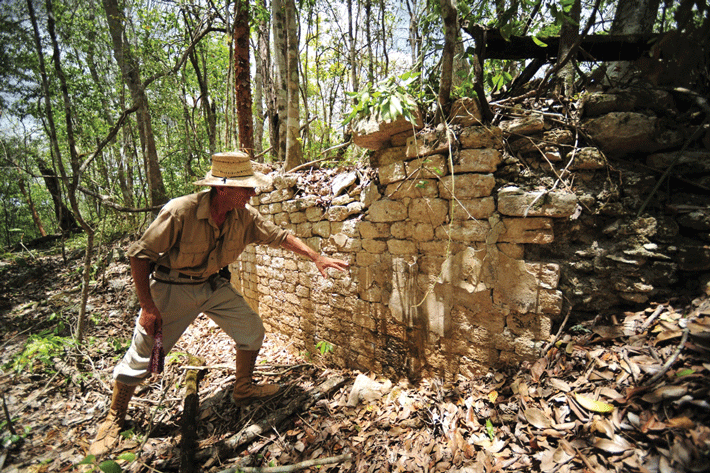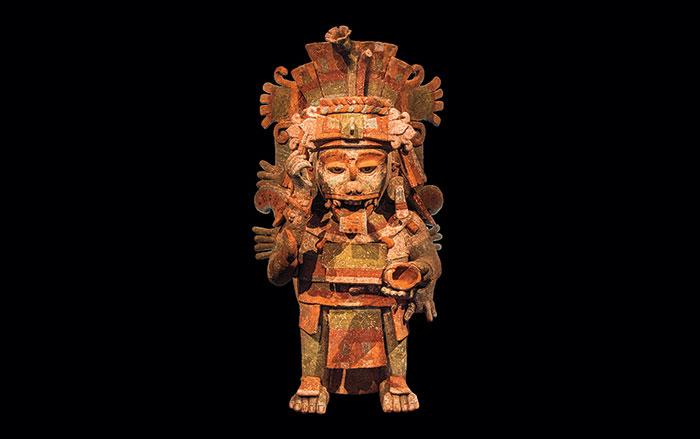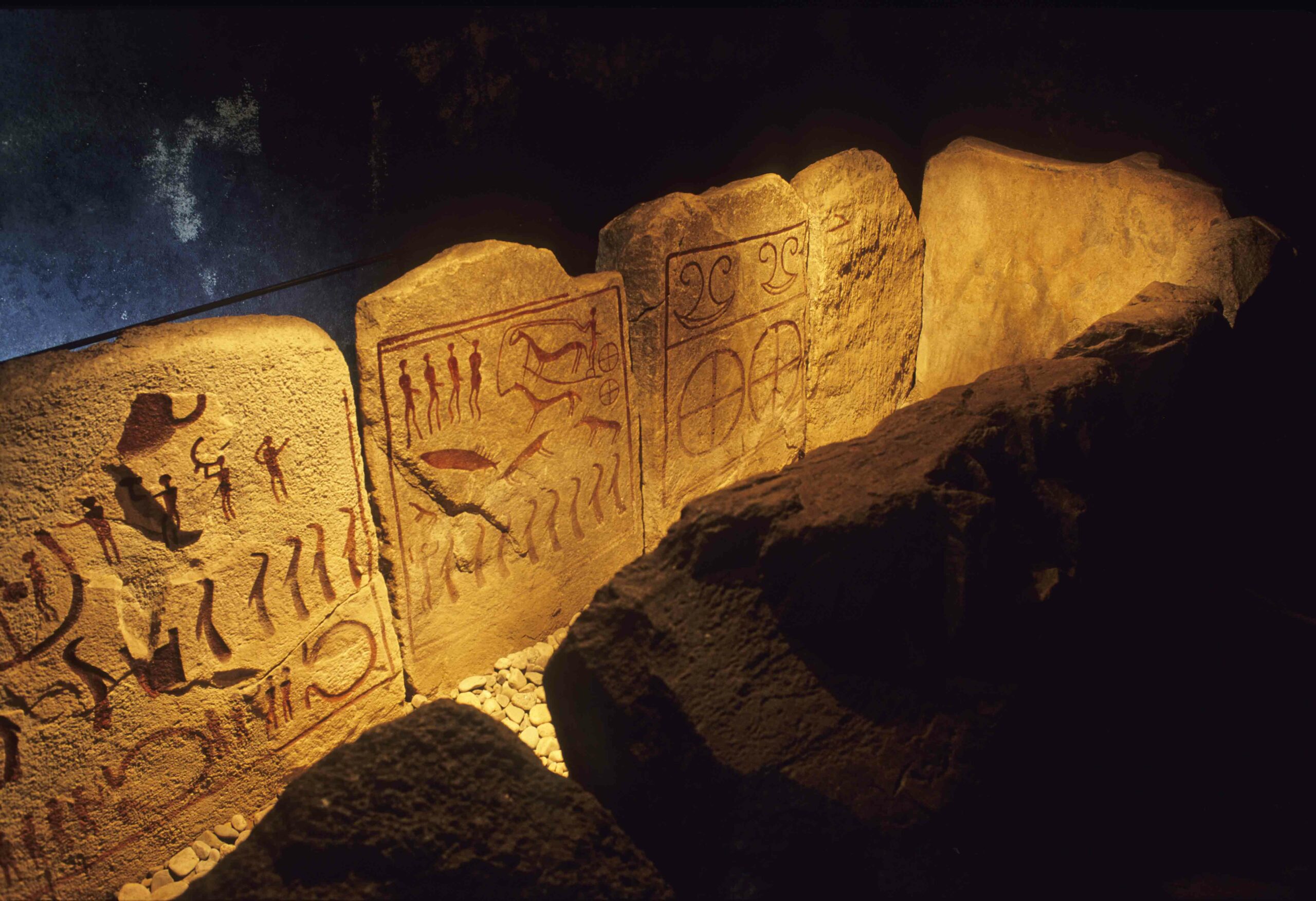
Aerial photographs of unexplored rain forests in southeastern Mexico led archaeologist Ivan Sprajc to a previously unknown Maya city. Dubbed Chactun, or “red stone,” the site flourished from A.D. 600 to 900, and features three pyramid complexes ranging across 54 acres. Once at the site, Sprajc’s team also found 19 stelae, including one with an inscription stating that it was erected on May 3, A.D. 751.
Sprajc expects to uncover more inscriptions, but he is also interested in the “afterlife” of the stelae, which were moved after Chactun’s heyday. “Some we even found upside down,” he says. “This reflects activity on the site after its period of splendor.” He hopes studying the ways the monuments were reused will help his team understand the events that led to the city’s decline.










